6. Drag Me to Hell (2009)
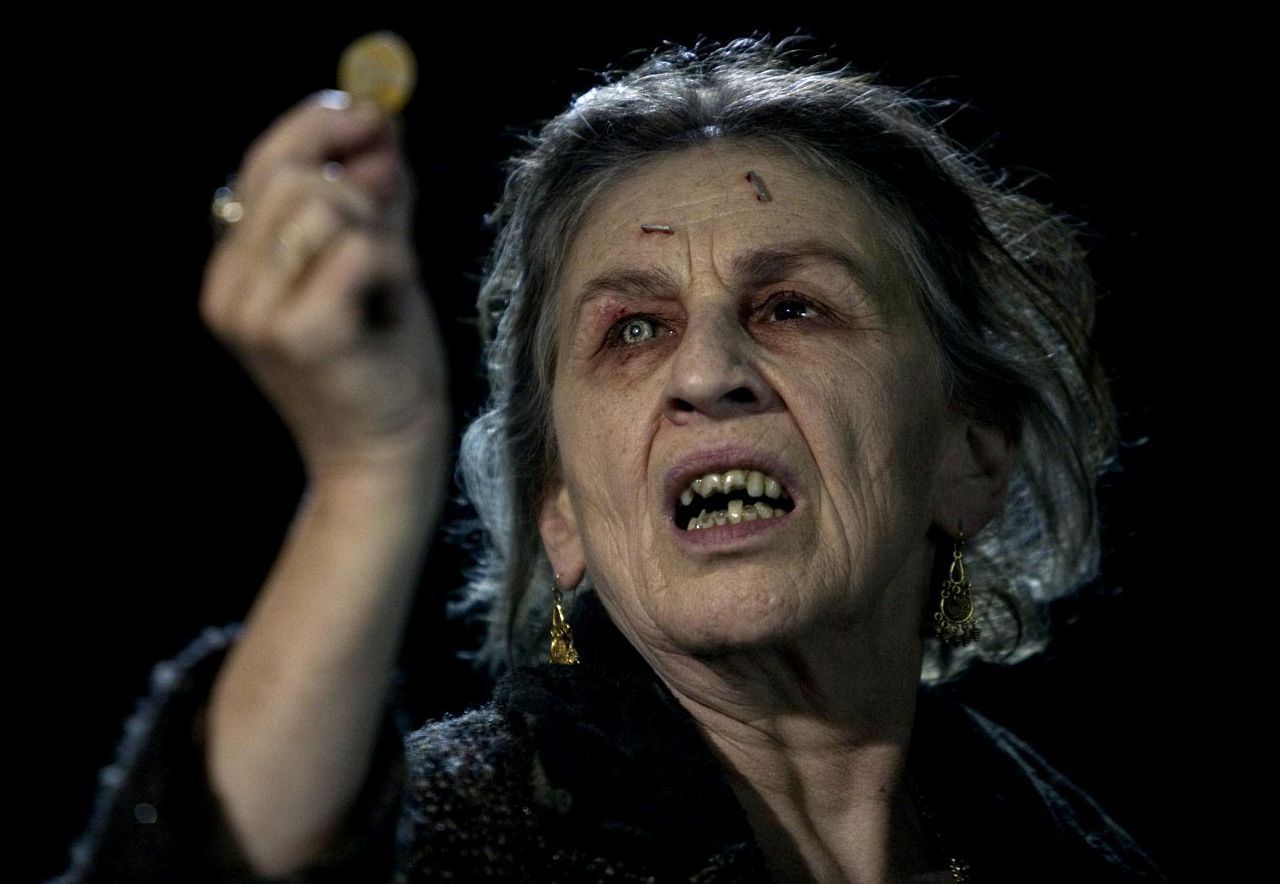
With the downfalls and achievements of Sam Raimi’s diverse career, Drag Me to Hell feels like the refreshing return of a director to a genre he helped define. The story follows Christine Brown (Alison Lohman) as an employee of a Los Angeles bank. Christine must deny a mysterious woman’s home loan to impress her boss. In retaliation, the older woman bestows upon Christine a curse that will cause eternal damnation. Christine must break the curse and save her soul before time is up.
Drag Me to Hell is a near-perfect example of how a modern horror movie can use shock scares to its benefit. The knowledge and skills obtained through his work on the Evil Dead trilogy makes it obvious Raimi knows the value of good-looking effects. Each moment of terror is amplified by the next, and Raimi does not shy away from the grotesque. The application of puppets, green screen, computer-generated imagery, and prosthetics by Bruce Jones all culminate in a movie cleverly playing with both frightening and funny concepts. The disgusting nature of the events in this film are so creative and outlandish that viewers cannot help but shriek, laugh for a moment, and then shriek again.
As one of the newer films on this list, Drag Me to Hell impresses with its sincere, gruesome, and wacky scares.
7. Shivers (1975)
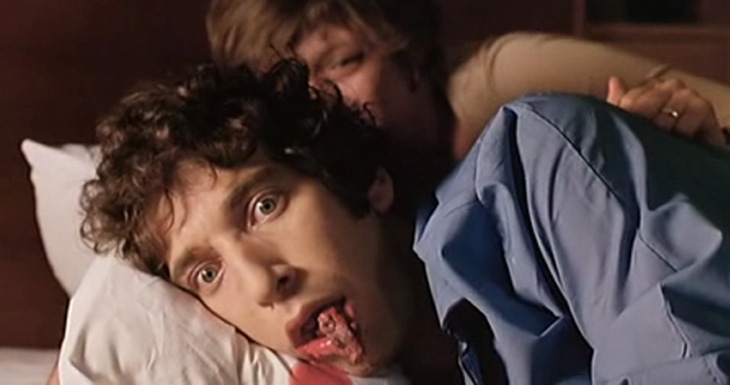
This lesser-known film by David Cronenberg does not need an axe-wielding maniac or monsters from the deep to make audiences scream. Cronenberg’s terror comes from the internal examination of mankind. Shivers opens with the murder of a teen girl by a scientist working on experiments involving destructive parasites. Once the scientist commits the homicide, he immediately takes his own life.
The story then shifts focus to follow Roger St. Luc (Paul Hampton), a doctor living in the scientist’s building. With the help of his nursing aide, Forsythe (Lynn Lowry), Roger starts to realize the aforementioned parasites are loose and infecting their fellow renters. As more and more people become infected, side-effects begin to show as the hosts of these creatures become erotic lunatics who pass the organisms on to other tenants through sex.
One of the most impressive aspects of horror is its ability to consider a variety of different ideas. Being an iconic master of fear, Cronenberg used this notion to help define the chilling subgenre known as body horror. Body horror, or biological horror, turns human evolution monstrous and plays with the concept that humans do not need to look far to see darkness. They simply need to look within themselves. Shivers plays on human’s realistic desires of sex and depicts a sensual urge turned wild and ravenous. As the parasites take over, viewers’ fears become visceral as those infected lose control of their bodies. The organisms force humans to adopt a frantic nature that allows Cronenberg to give his take on the mayhem and violence associated with humanity.
The inner frights Cronenberg brings to biological horror make Shivers a disturbing and thought-provoking work of cinema.
8. Trick R’ Treat (2007)
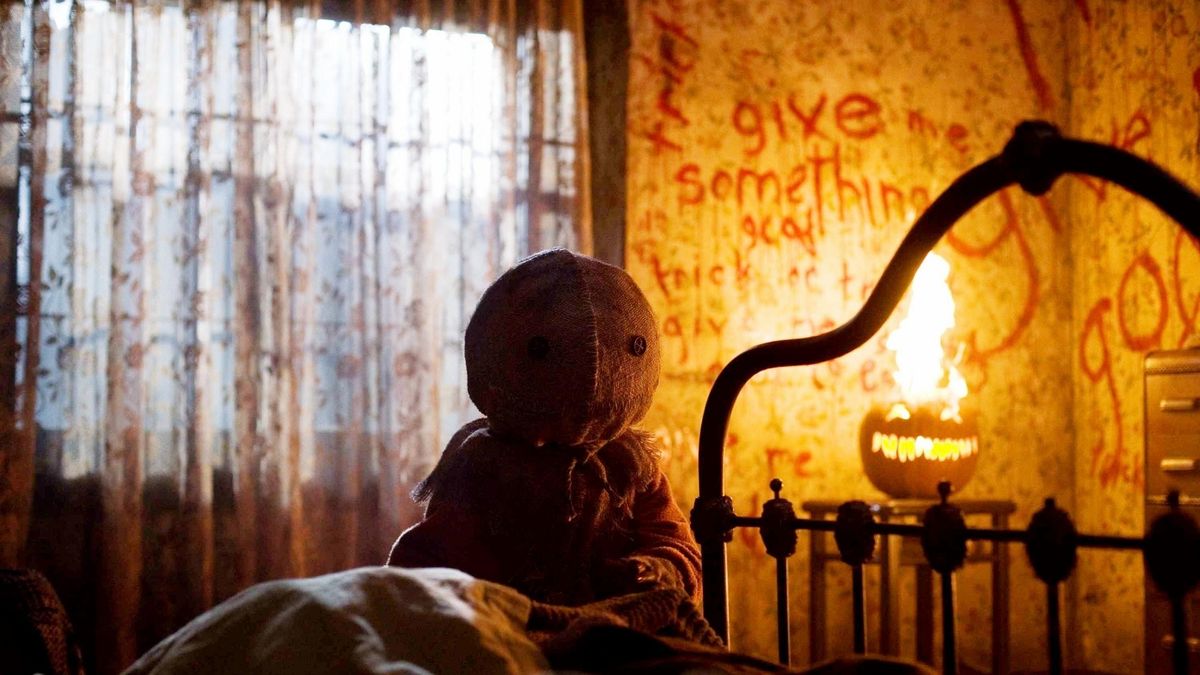
Unlike the other films on this list, the structure of Trick R’ Treat would not be considered one, continuous storyline or an anthology. Instead, Trick R’ Treat is a collection of small vignettes overlapping with each other over its runtime. The interwoven stories see residents of a small town learn the importance of Halloween the hard way.
Coming from the mind of the director who gave movie-goers Krampus, Michael Dougherty knows how to create a parable out of pure folklore. All of Halloween’s greatest myths comes together in Trick R’ Treat to provide an array of creepy tales. For example, the importance of not gorging oneself on every piece of candy does play a clever part in the movie. The classic trope of checking the candy for razor blades is also applied brilliantly to produce a good scare.
There is a wonderfully nostalgic feeling to the film that can warm any horror fanatic’s heart. Trick R’ Treat is a tiny but mighty gift that brings people back to the simple days of childhood where the monster under the bed was real and every urban legend was a piece of local history.
9. We Are What We Are (2013)
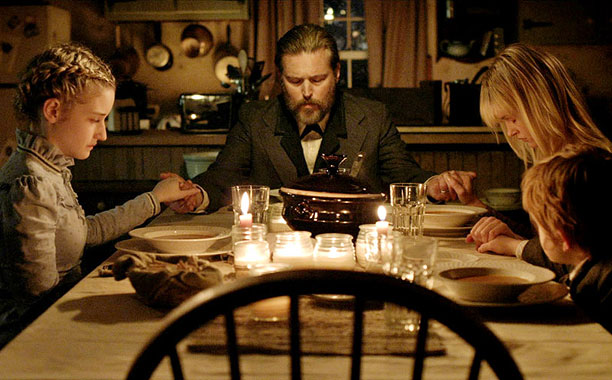
Taking advantage of a more subdued wave of horror, We Are What We Are is a well-crafted product of filmmaking that relies on eerie stillness to present its menacing story. In the film, the Parker family’s secret lives are threatened when a rainstorm causes the death of the matriarch. Between the mother’s unusual autopsy and the daughters’ questioning of long-standing tradition, the father will stop at nothing to keep their customs alive and well.
The actors making up the Parker clan, Bill Sage, Jack Gore, Ambyr Childers, Julia Garner, and Kassie Depaiva, all emote well and give extra gravitas to the feeling of isolation surrounding the movie. The silence and reclusiveness of the Parker’s surroundings add to the viciousness of their sinister values. The environment is consistently unnerving and allows for an appropriate chilling tone throughout the entire film.
Once viewers uncover the family secret, it is easy to see how this movie could stray from terror and fall in the category of an extreme and darkly comedic Grindhouse picture. However, the director, Jim Mickle, knows this inclusion of comedy would cripple the movie. Mickle refuses to undermine sophistication for humor and makes it his mission to commit to the discomfort the plot brings upon its onlookers.
We Are What We Are welcomes the concept of “show, don’t tell”, and produces a slow burn with an artistic sense of atmospheric horror.
10. Frailty (2001)
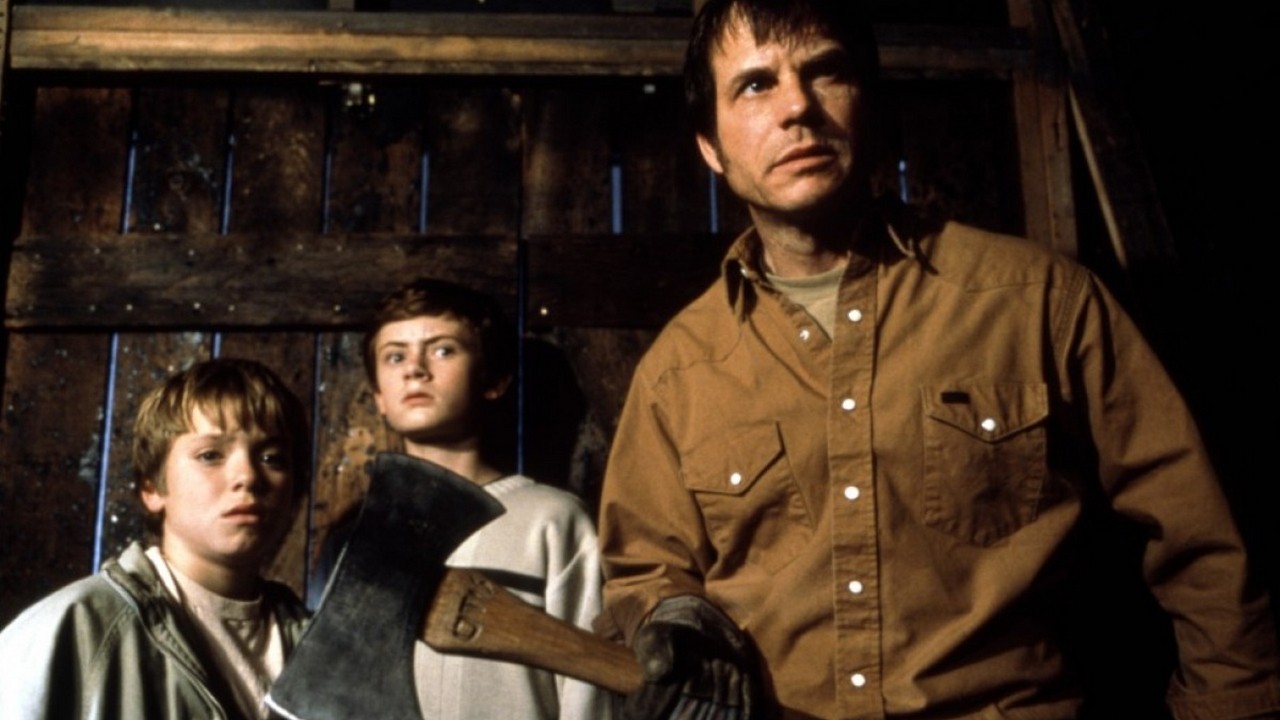
While this list has talked about body horror, Hitchcockian mystery, supernatural frights, and more, it is time to discuss the popular premise of religious fear found within the horror genre. Frailty’s plot focuses on the strange relationship between a father (Dennis Quaid) and his two sons (Matt O’Leary and Jeremy Sumpter). The father is supposedly visited by an angel who tells him he must kill demons in order to please God. However, these demons are disguised as everyday humans and soon the father makes a name for himself as the ‘God’s Hand Killer’. Even though it is possible to go into more detail, the synopsis must stop here.
This is a film where the less viewers know the better. As the sons, being 7 and 10 years old, are forced to commit heinous deeds to comply with their father’s wishes, the saddening vulnerability of the oldest child and creepy idolization of the father by his youngest kid, put uneasiness into the hearts of its spectators. It is evident things can only get worse from here, but what those things are, audiences will never guess.
In addition to the creepy family dynamic, the movie does not concern itself with possessions or the rise of Satan like many other horror films with spiritual context may do. The movie works on a multitude of levels. There are of elements of a police procedural followed by domestic terror along with components of religious scares.
It is not clear where Frailty is going until the last minute, and when it gets there, viewers’ mouths will drop from pure shock.